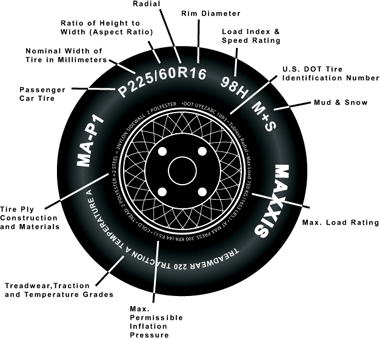Nine times out of ten, you can get an idea of how someone is doing by the expression on their face. Believe it or not, the same thing can be said for tires. Clues in tire wear patterns, like inner and outer wear, center wear, edge wear, cupping, and patchy wear, can help you understand the inner-workings of your vehicle—even if you aren’t a tire expert! Follow along as we teach you what to look for in your tire wear patterns, and then what you can do to help get them fixed. Let uneven tire wear run its course and you could be in for an unexpected tire failure when you least expect it.
If you examine your tire and discover that the inner or outer edge of the tire is wearing down faster than the rest of the tread, your vehicle’s wheel alignment is likely out of specification. This wear pattern indicates that your wheels are leaning too much to one side, which can typically be blamed on misalignment.
Alignment problems can affect steering, suspension, and even your safety, so don’t waste time coming in for alignment services.
If your tires are wearing down rapidly in the center of the tread, you may be driving on tires that are consistently over-inflated. When your tires are filled over the recommended pressure, they’ll ride along the center of the tread—this makes the center of the tread wear down much faster than the rest of the tire. Review your owner’s manual for the vehicle's recommended tire pressure and check your tire pressure regularly!
In contrast to center wear, edge wear may occur when tires are under-inflated. If you’re driving on tires that are under-inflated, the edge of the tires will make the most contact with the road, causing the edges to wear down more quickly. Again, it’s important to check your owner’s manual to get the recommended tire pressure for your vehicle, then get in the habit of checking your tire pressure regularly! Wear on two shoulders can also indicate hard cornering or improper rotation.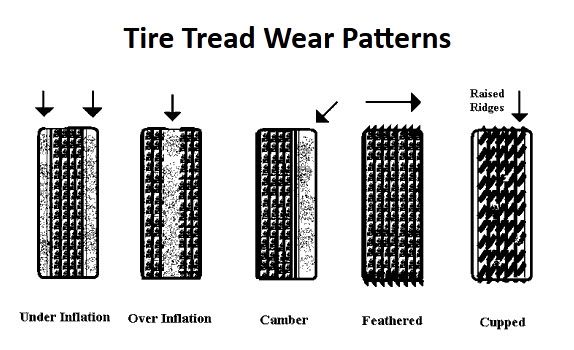
If you notice that there are random smooth spots on your tire or little dips in the tread wear, the culprit could be your vehicle’s suspension system. More specifically, suspension parts are probably worn out or even bent out of shape. Could you have recently hit a curb or pothole? If you notice a cupping pattern or feel a slight rumbling sound when you drive, it’s important to get your suspension checked and replace any old or misshapen parts.
Patchy tire wear suggests your tires are out of balance. If you examine your tires and notice that the wear is uneven, it’s time to have your tires rotated and probably aligned! By regularly rotating your tires, you help prevent this uneven wear from worsening over time and you’ll extend the lifespan of your tires.
If you notice unusual wear patterns on your tires, the best thing to start with is an alignment check at your local Firestone Complete Auto Care.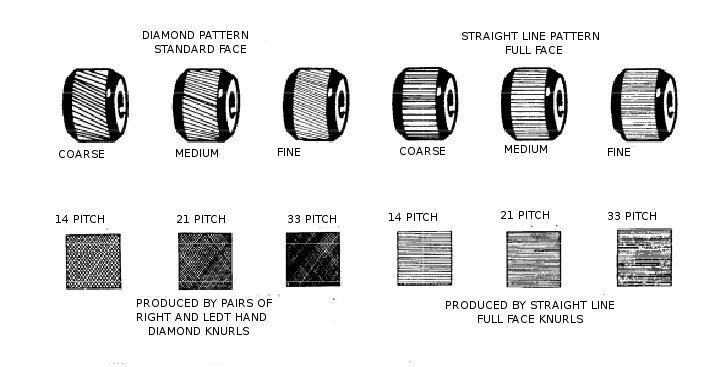 Compromised tires may cause car accidents—don’t put yourself or others at risk. Whether you need a quick tire pressure adjustment or a wheel alignment, you can be sure our technicians will take care of your tires.
Compromised tires may cause car accidents—don’t put yourself or others at risk. Whether you need a quick tire pressure adjustment or a wheel alignment, you can be sure our technicians will take care of your tires.
Your car’s tires can give you essential information about the health and condition of your vehicle. You might know something is wrong if there’s a noticeable issue or sound like squeaky brakes, but your tire wear patterns may be able to tell you more about your car than meets the eye. Uneven tire wear can be a symptom of something bigger that can affect your car’s safety and maintenance. According to National Highway Traffic Safety Administration (NHTSA) data, as of 2019, a total of 619 people died in tire-related crashes. Read on to learn how different types of wear and tear on your tires can affect your car.
As you can see in this tire wear chart, the location of the wear and tear and the type can be associated with different problems.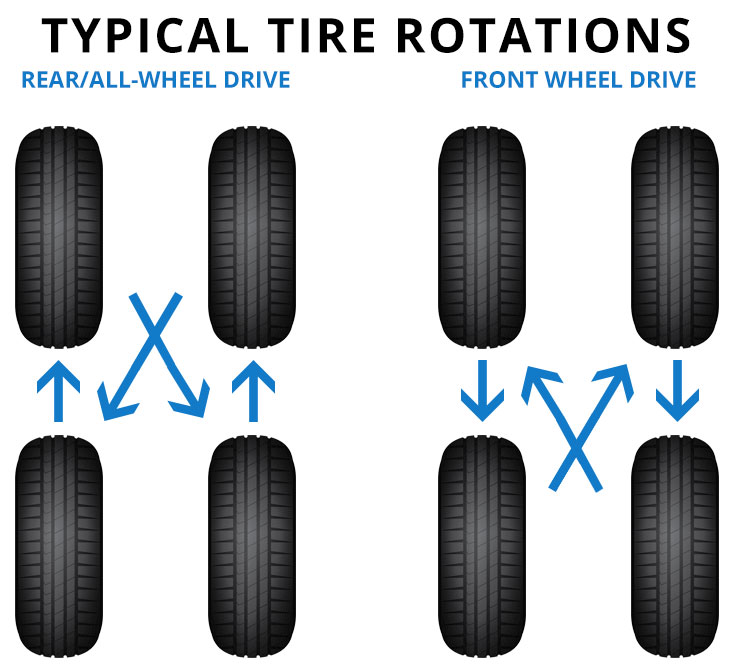 Let’s dive a bit deeper into what it means for your car.
Let’s dive a bit deeper into what it means for your car.
Source/credit: mtfca.com
As you can see in the tire wear chart above, if there is toe wear or camber wear, you could have a wheel that’s out of alignment. Toe wear is a term that relates to the wear of the inner or outer edge of the tire. Camber wear is when the wear on those parts is considered excessive.
So if you see that your tire wear pattern tends to be thinning at the inner or outer edge of that tire, it could mean your wheels are relying on one side more than the other causing misalignment. This could lead to suspension or steering issues and could put your safety at risk. If you see this particular issue, book an appointment ASAP with a local auto body shop or tire specialist that can help.
If you find dips on your tires, you may have uneven tire wear called cupped or scalloped tires.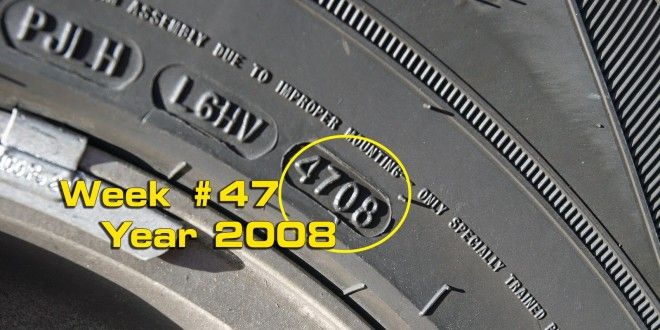
According to PriorityTire.com:
“When the imbalance of the vehicle’s alignment or skipping the tires’ rotation is at fault, the tread features irregular wear from one shoulder to the other. This means that the uneven wear is, in a sense, even, as it gradually shortens the tread depth between the two shoulders since the driving pressure cannot be evenly distributed. On the other hand, tire cupping causes different spots on the tire tread to wear out prematurely.”
This tire wear pattern can lead to steering issues, lack of traction on the road, and cause the tire to bounce, notes PriorityTire. One major culprit of cupped tires is a worn out suspension system. If you’re dealing with squeaky brakes or have felt like your suspension is off, check your tires for signs of a bigger issue. If you have any concerns, bring your car to a mechanic to repair or replace any damaged parts.
Based on the tire wear chart above, you can see that any tire wear on the outer edges can mean your tires are underinflated. Checking your tire pressure may seem like an afterthought, but it’s important that your tires have just the right amount of pressure.
Checking your tire pressure may seem like an afterthought, but it’s important that your tires have just the right amount of pressure.
When your tires are not at optimal tire pressure levels and are underinflated the edges end up taking most of the brunt on the road. What this can do is wear the outer edge faster. Make it part of your regular car maintenance practice to check your tire pressure and take action, if needed. Bonus: it could save you money too. According to the NHTSA, you could save up to 11 cents per gallon by having the right tire pressure.
If you’re looking at your tire wear patterns and see the center of your tire worn out, it could mean your tires are actually overinflated. If your tires are over the recommended tire pressure levels, the center of the tire is doing most of the hard work and wearing down in the process. If you see the center of your tire looking smooth like in the tire chart above, it’s time to check your tire pressure.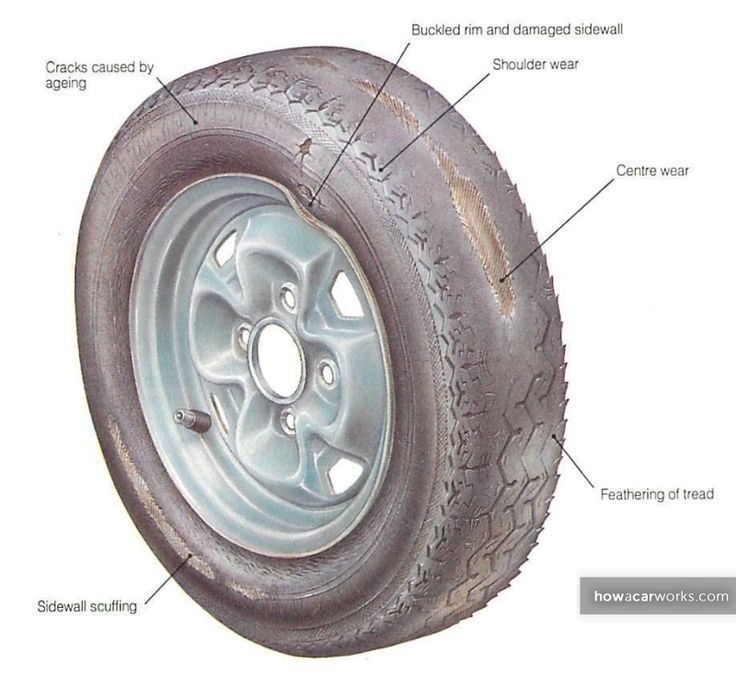
Another tire wear pattern to be aware of is patch wear. Patch wear is called that because it appears to be “patchy” and the uneven tire wear tends to occur diagonally. If your tires have this kind of wear and tear, it can mean your tires are not in alignment and out of balance.
To remedy this issue, you can get your tires rotated. It’s a good idea to check your car owner’s manual to see how often you should do this as part of your car maintenance. You can go to your local auto body shop to get help and make sure your tires stay in good shape.
Your tires are what helps keep your car running. Because of this, there can be a lot of wear and tear on the tires. While it may seem harmless, these specific tire wear patterns can provide insight into what’s really going on. For your safety and others, check your tires and tire pressure regularly and get your car looked at if you have any questions or concerns.
As part of your car maintenance, make sure you have a car insurance policy that fits with your lifestyle, budget, and needs as well.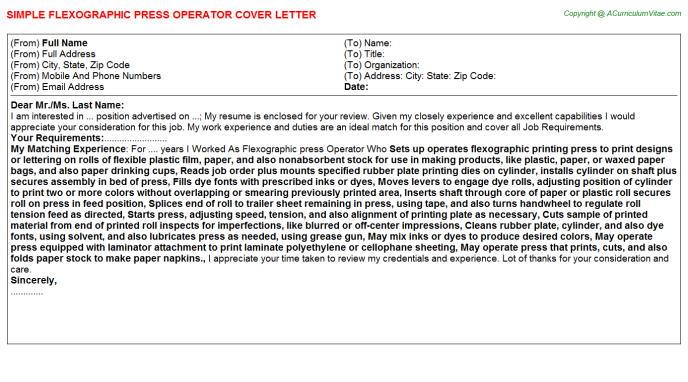 If you’re a low-mileage driver, pay-per-mile car insurance can help you lower your costs. If you’re still paying for miles you aren’t driving, it’s time to re-think your auto insurance. Grab a free quote with Metromile today.
If you’re a low-mileage driver, pay-per-mile car insurance can help you lower your costs. If you’re still paying for miles you aren’t driving, it’s time to re-think your auto insurance. Grab a free quote with Metromile today.
Melanie Lockert is a freelance writer, podcast host of the Mental Health and Wealth show, and author of Dear Debt. She’s a cat mom to two jazzy cats, Miles and Thelonious, an amateur boxer, music lover, and needs coffee to function.
In fact, the average life of any tire is 5-7 years, but a lot depends on how the owner treats his car. Aggressive driving, improper seasonal tire storage, unrepaired suspension/balancing problems, incorrect pressure and other errors can significantly shorten tire life. But worn tires can be a serious problem on the road: an increased risk of uncontrolled skidding, hydroplaning, even accidents is the price that drivers and passengers have to pay for using old tires.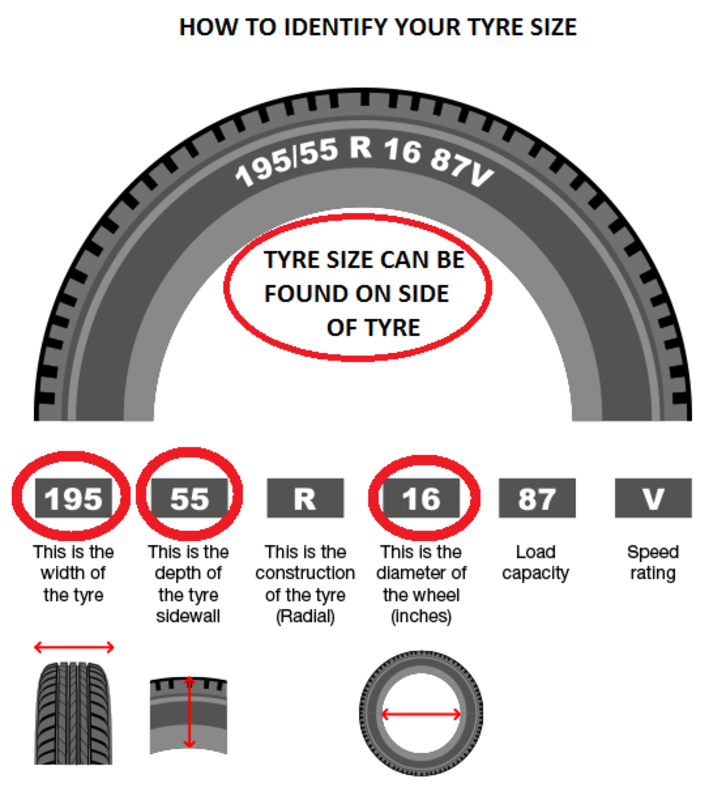
Each manufacturer indicates the so-called wear index on the tire profile, which most often looks like the inscription “Treadwear 100” and means a maximum of 48,000 km on a standard road surface (polygon). In a real environment and often not the most ideal roads, this number actually needs to be divided by 1.5 - we get 36,000 km.
By analogy, if the wear resistance index is 150, then this means “factory” 72 thousand km, 200 - 96 thousand km., and so on.
What are the dangers of worn tires on the road:
grip with the roadway deteriorates, which leads to an increased likelihood of skidding, accidents, hydroplaning in case of rainy weather;
reduced cross-country ability in off-road conditions;
increases the risk of a tire puncture while driving.
It is also worth remembering that the issue of tire wear is regulated by traffic rules, and you can get a fine for using “bald” rubber. Knowing what maximum tire wear is acceptable, this is easy to avoid: 1.5-2 mm for summer, and 4-5 mm for winter (a more accurate figure is indicated by the manufacturer).
Knowing what maximum tire wear is acceptable, this is easy to avoid: 1.5-2 mm for summer, and 4-5 mm for winter (a more accurate figure is indicated by the manufacturer).
1. According to the wear indicator on the tire. To find this indicator, you need to inspect the side of the tire and find one of the markings: a triangle, a company logo, a snowflake, or the abbreviation TWI. If the tread has worn down to this indicator, it means that the tire needs to be disposed of urgently.
2. Many people in the old fashioned way prefer to use a 10-kopeck coin. Insert it into the tread with the inscription "10 kopecks" towards you, and if it is visible, the wear level is too high, you need to replace the tire. This method is convenient, but not entirely accurate: by measuring wear in different parts of the tire in this way, it will be difficult to estimate its unevenness by eye, and this is also an extremely important indicator.
3.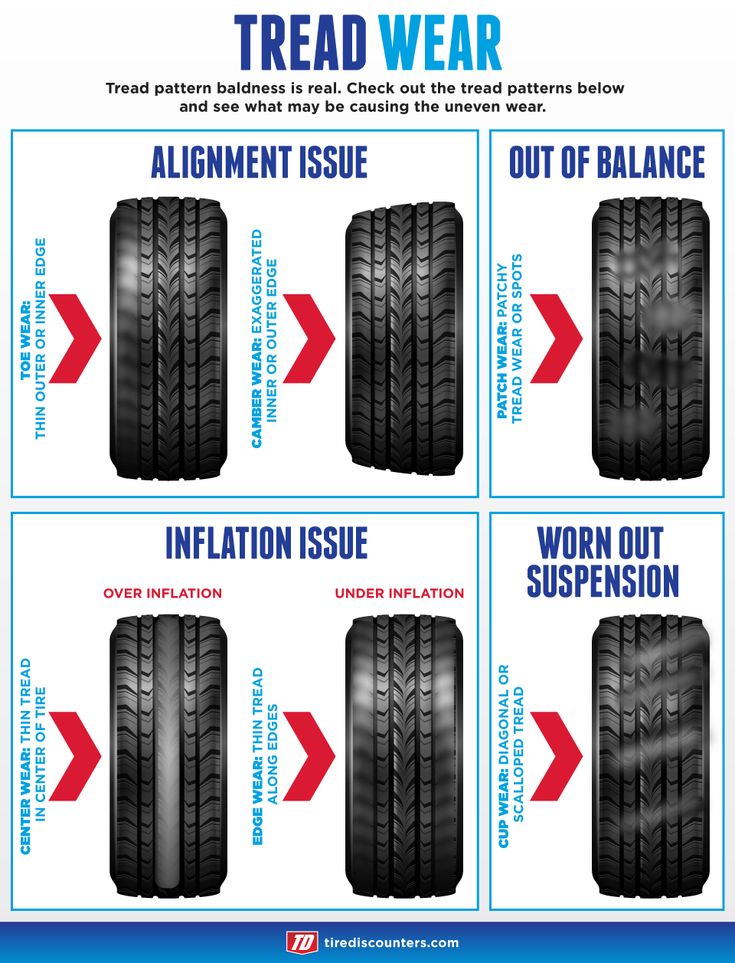 It is optimal to use a special gauge, depth ruler or caliper for these purposes. This will allow you to measure the wear of the tread in different parts of the tire with an accuracy of up to a millimeter and understand if there is uneven wear.
It is optimal to use a special gauge, depth ruler or caliper for these purposes. This will allow you to measure the wear of the tread in different parts of the tire with an accuracy of up to a millimeter and understand if there is uneven wear.
If measurements show different results in different parts of the tread, it is important to determine exactly how your tires wear in order to understand where and what the operating error is.
If the tread wears more on the sides and the center wears off less, this means that the tire pressure is insufficient and the contact patch with the road is not correct. This leads not only to poor vehicle stability, but also to increased fuel consumption.
If the tread is worn down the middle but the sidewalls are fine, then your tires are overinflated. Sometimes this is done intentionally in order to save fuel, but in this case, the tires will still have to be changed ahead of schedule.
There is also the possibility of increased wear on the inside or outside of the tread - this indicates an incorrect camber. A visual table with wear options and their causes:
Cracks on the sides of tires can indicate frequent off-road driving, improper storage, low-quality rubber or long service life, as well as incorrect tire pressure.
Bulges or "hernias" on the sides of the tires appear as a result of the side part hitting hard obstacles. Tires with such damage are not recommended.
Dents on the tread indicate insufficient depreciation and unadjusted camber. Having found such damage, it is necessary to drive the car to the service and make sure that the suspension is in good condition.
Individual wear spots on the tread indicate aggressive driving / braking, skidding with wheel locks, or prolonged parking of the car in one position.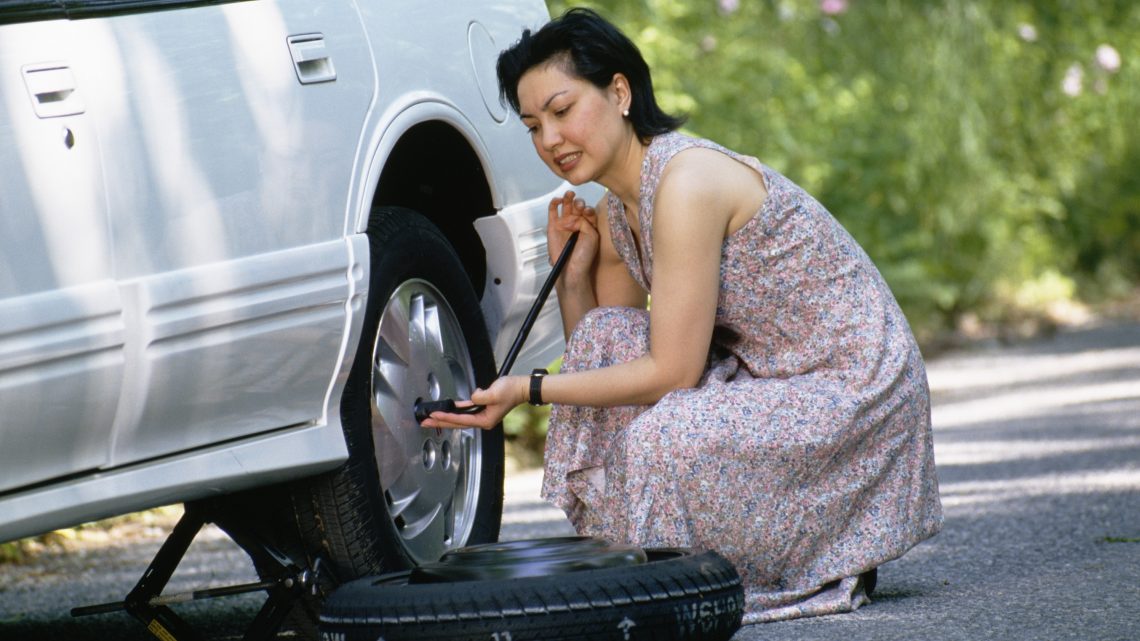
Most often, this is required for the sale and purchase of used tires in order to orient the buyer in the degree of their wear. Many sellers give this figure at random, but this method has nothing to do with the actual assessment of the degree of tire wear. It is also important to understand that a conditional 50% wear for a summer tire is an acceptable value, while 50% wear of a winter tire tread is a sign that the tire cannot be used. Therefore, it is important to know how to accurately determine the percentage of tire wear so as not to get into an unpleasant situation.
Many people divide the actual tread height by the height of the same, but new tire, and get a certain percentage of wear. This would be correct, if not for one BUT: we cannot physically erase the tread to zero, and the law prohibits the use of tires with a tread below the permitted values.
You can calculate actual tire wear by dividing the difference between the new tire height and the actual tire height by the difference between the new tire tread height and the minimum possible tread height for that tire, and then multiplying this number by 100.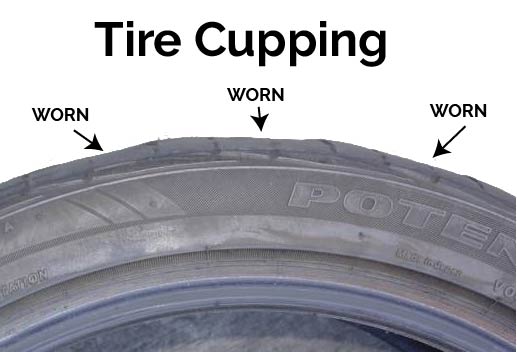
If it is impossible to find out the height of the same, but with a new tire, use the average values of your tire type:
| Tire type | Average tread height at start of use |
| Winter tires with Scandinavian tread | 10 mm |
| Winter with regular or asymmetric tread | 9 mm |
| High-speed winter | 7 mm |
| Summer tires with classic tread | 8 mm |
| Summer speed | 7 mm |
You can check summer tires for wear a little less often than winter tires, since in summer the tread depth is not so important for patency.
If you have assessed the condition of your tires on all of the above factors and realized that the tires are worn out, be sure to replace them with new ones as soon as possible.
Many items undergo wear, but due to the frequency of use, it is most noticeable on tires. Every motorist at least once faced with such a problem. Finding a solution is very simple - just buy new tires. But next time it is important to determine why this happened.
A lot depends on the speed of traffic, air temperature, road surface, tire pressure, vehicle load, etc. There are many factors that affect tire wear, but these wheel elements lose their original appearance during long-term operation in any case. True, if you properly handle rubber and know all the nuances, you can extend its shelf life.
The most common causes of tire wear are:
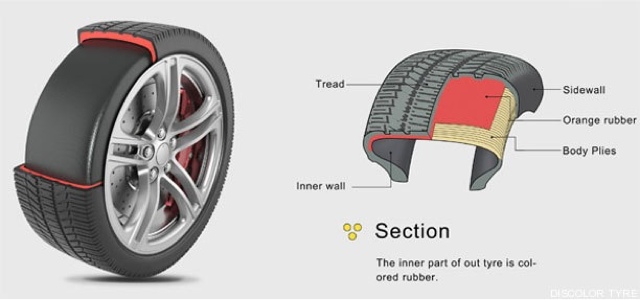
In general, rubber wear can be divided into two types:
If normal wear can only be said that the life of the tires has deservedly come to an end and you need to buy new ones, then with regard to premature wear, the following types are distinguished:
Tires often go bald after a couple of thousand kilometers. This is the first sign of uneven wear, which experts call patchy. Most often, he talks about the low quality of rubber, problems with the car, or the inexperience of the driver. Slip starts, hard braking and aggressive driving can kill any tire.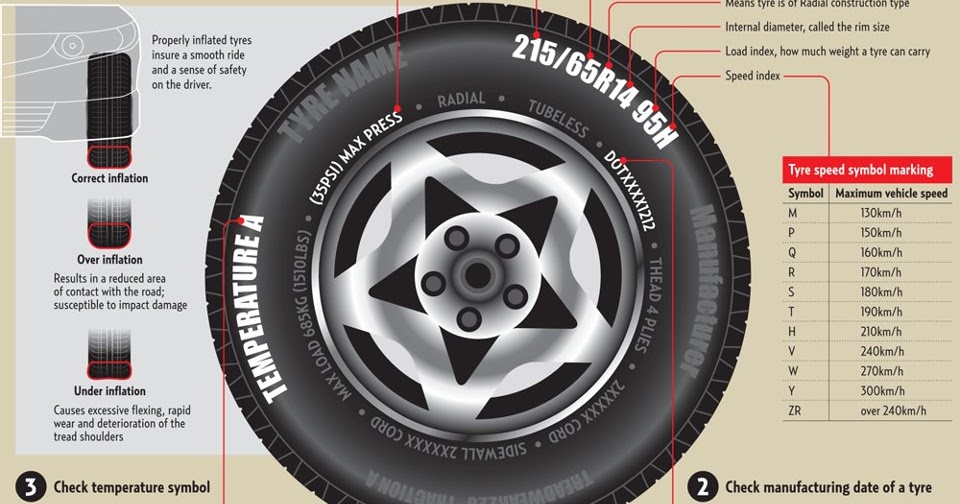 Even if there are winter tires, the car can fly off the road. You can correct the situation if you replace the rubber or adjust it on a special stand at the service station.
Even if there are winter tires, the car can fly off the road. You can correct the situation if you replace the rubber or adjust it on a special stand at the service station.
There are three main causes of wear:
Tires wear out both on the inside and on the outside with increased pressure, fast braking and inept driving. If the wear is uneven and one side has worn more than the other, then the tires can be swapped, but this action should be performed by a professional. The best way to correct the situation is to contact the tire service.
Each driver decides for himself whether to ride on bald tires or buy a new one, but it's better not to risk your own life and the lives of others. It is recommended to regularly diagnose and monitor the condition of the tires.
Worn tires can lead to accidents at any time of the year and in any weather.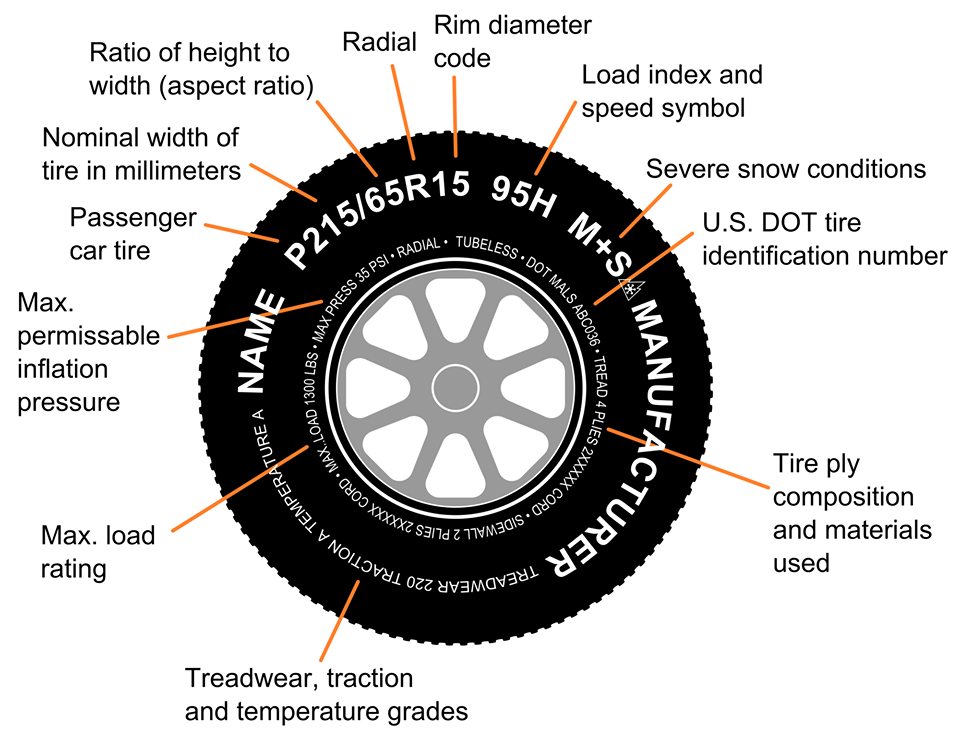 Thinking that good tires are needed only in ice is a mistake. A worn out tread does not provide proper grip even with high-quality road surfaces in dry weather. In the rain, the behavior of the car is generally unpredictable. Hydroplaning on bald tires can lead to an accident.
Thinking that good tires are needed only in ice is a mistake. A worn out tread does not provide proper grip even with high-quality road surfaces in dry weather. In the rain, the behavior of the car is generally unpredictable. Hydroplaning on bald tires can lead to an accident.
Difficult to brake with bald tires, especially on slippery surfaces. A strong turn of the car, unexpected turns can lead to an accident. Most often, these situations happen to those who do not conduct timely diagnostics and do not buy new high-quality tires. It is important to note that the average life of any rubber is 5 years.
The driver must regularly check the wear. Such tires very often puncture, slide on water, lead to an accident, reduce braking and stability on the track. The total wear limit is 1.6 mm.
The following methods of determination are distinguished:
